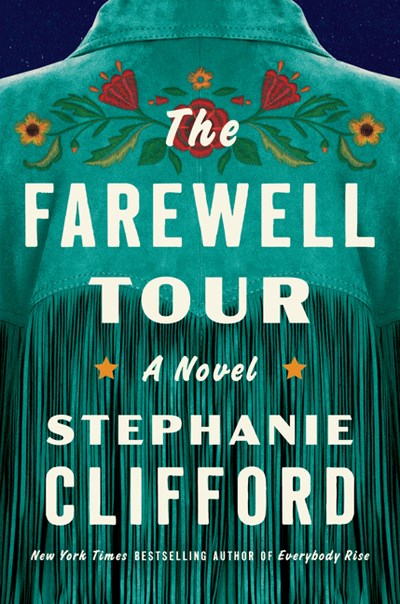When Sarah McCammon was growing up in the Midwest in the ’80s and ’90s, every aspect of her life was governed by her family’s evangelical faith, a faith underscored at her sprawling nondenominational church and her Christian school with expectations of an obedient childhood and “pure” young adulthood that forbid sex and, essentially, dating until marriage. Within this sheltered realm, the possibility of eternal damnation was ever-present. “The thought that there was something I could do that was beyond the reach of God’s forgiveness terrified me, and often kept me awake at night,” McCammon writes. “Intrusive thoughts would slip in randomly, at any moment . . . and suddenly I’d be gripped by fear.”
In The Exvangelicals: Loving, Living, and Leaving the White Evangelical Church, McCammon details her journey away from this upbringing, into a life as a questioning adult and then a journalist covering the 2016 Trump campaign and the reproductive rights beat for NPR. Mixing memoir and reportage, McCammon focuses on the growing number of young people who, like her, have left the evangelical fold to navigate a new world, often with ambivalence, a group loosely known as exvangelicals.
McCammon describes the mix of comfort, fear and trauma she experienced growing up: her confusion about her parents’ rejection of her surgeon grandfather, who came out as gay after his wife died; her first encounter with secular teens during a stint as a Senate page; the shock of the physical punishment her parents administered after she had a panic attack in high school. She weaves her story around those of her interviewees and the larger history of the evangelical movement’s quest for political ascendance; for instance, Phyllis Schlafly’s anti-women’s rights newsletter informed her mother’s activism, and McCammon worked as a high school intern for Schlafly. Though her own exodus came years earlier, McCammon notes that fervent support of Trump is the factor spurring the majority of young people to exit the evangelical faith.
McCammon renders exvangelicals’ search for life after evangelicalism with sensitivity, showing the difficult balance of gaining self-acceptance and a broader understanding of the world while often losing the comfort of families and worship, especially for LGBTQ+ people. The Exvangelicals is a welcome addition to the story of faith in 21th-century America.


















